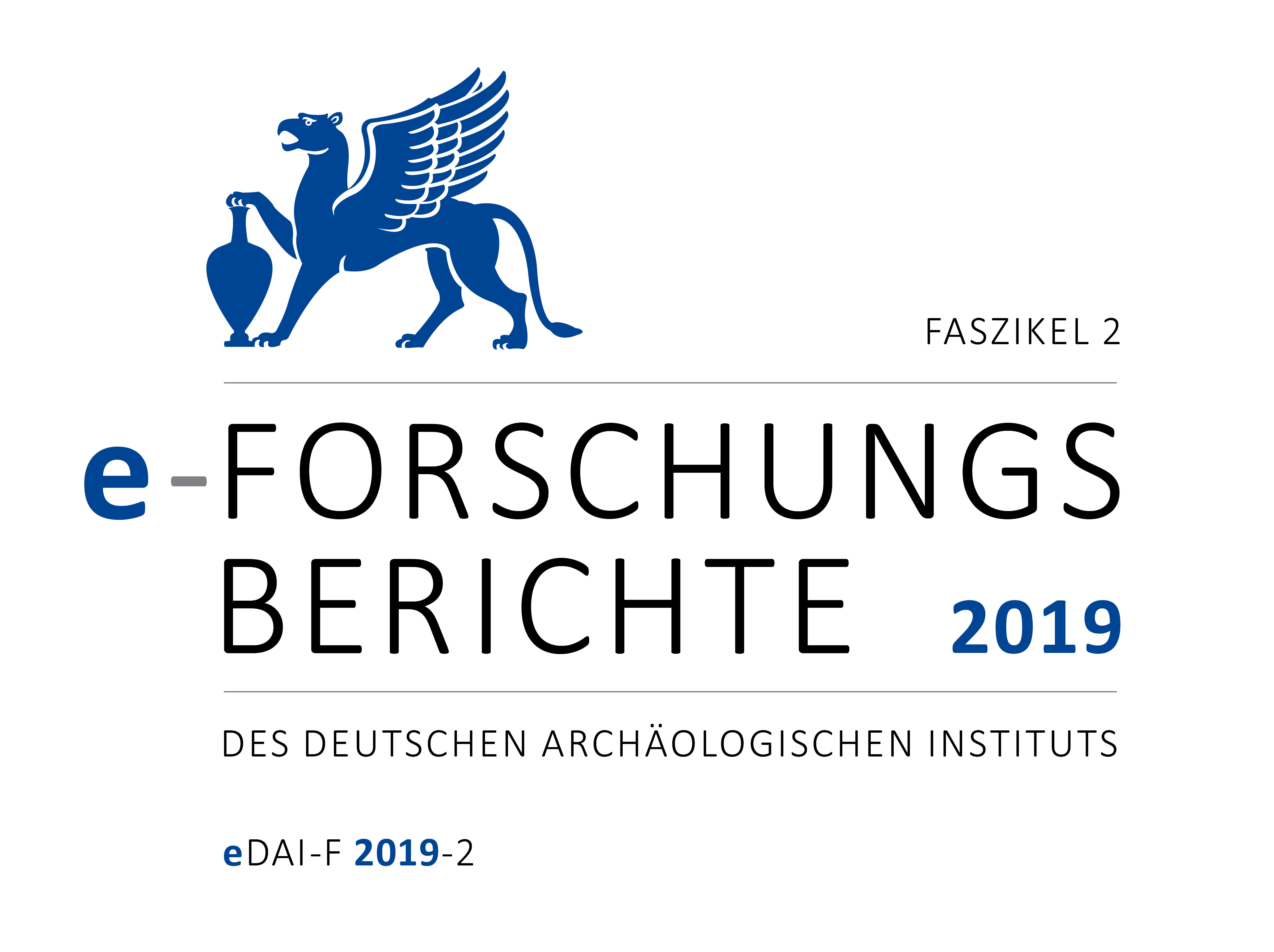Didyma, Türkei. Der archaische Apollontempel (‚Tempel II‘) in Didyma und die Genese der monumentalen ionischen Sakralarchitektur (Publikationsprojekt). Die Arbeiten des Jahres 2018
https://doi.org/10.34780/1qp7-vc66
Abstract
Herodotus (6. 19) reports that after the conquest of Miletus in 494 BC by the Persian king Darius “the temple at Didyma with its shrine and place of divination was plundered and burnt” (Godley 1963, 167). This literary source, the temple was “burnt“, in this instance meaning “destroyed“, is questioned by the archaeological evidence. Though, there are some architectural fragments of the archaic Apollo temple (‚temple II‘) discoloured by fire or actually burnt, which undoubtedly testify to a fire, just a small portion of, e. g., column drums show these traces amounting to approximately 30 %. Obviously at a later post-Archaic time, the architecture of the just damaged archaic temple was systematically shattered. Since hundreds of well preserved archaic architectural fragments were found shattered and ‚buried‘ in the shafts of the foundations of the Hellenistic temple (‚temple III‘), this systematic disassembly could not have taken place earlier than in the Late Classical or Early Hellenistic period, when the construction of the successor was started and the archaic temple was step-by-step dismantled.At Didyma can be recognized a differentiated, mainly economically motivated handling with the architectural fragments of the archaic Apollo temple. But the reason for the ‚recycling‘ of the fragments of its large altar was not an economic, but more probably a historical-commemorative and sacral one, because the significant altar cyma was reused on the temple terrace wall and exhibited on an altar-like high base at the former site of the archaic altar probably badly damaged by the Persians. This ‚monument‘ referred pars pro toto back to the most important sacred building of the archaic sanctuary.Downloads
Veröffentlicht
2019-10-10
Ausgabe
Bibliographische Daten & Rezensionen
Citation Formats
Dirschedl, U. (2019) „Didyma, Türkei. Der archaische Apollontempel (‚Tempel II‘) in Didyma und die Genese der monumentalen ionischen Sakralarchitektur (Publikationsprojekt). Die Arbeiten des Jahres 2018“, e-Forschungsberichte des DAI, S. 138–146. doi: 10.34780/1qp7-vc66.





